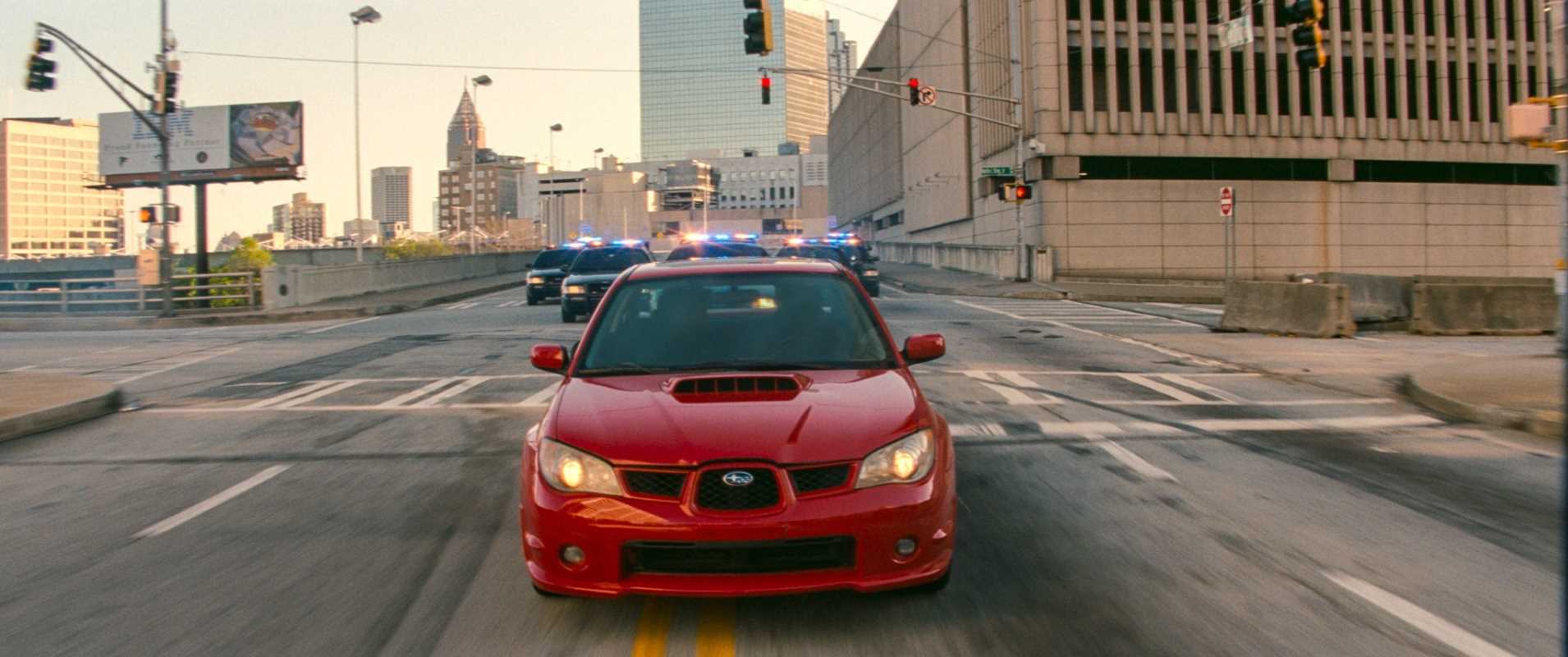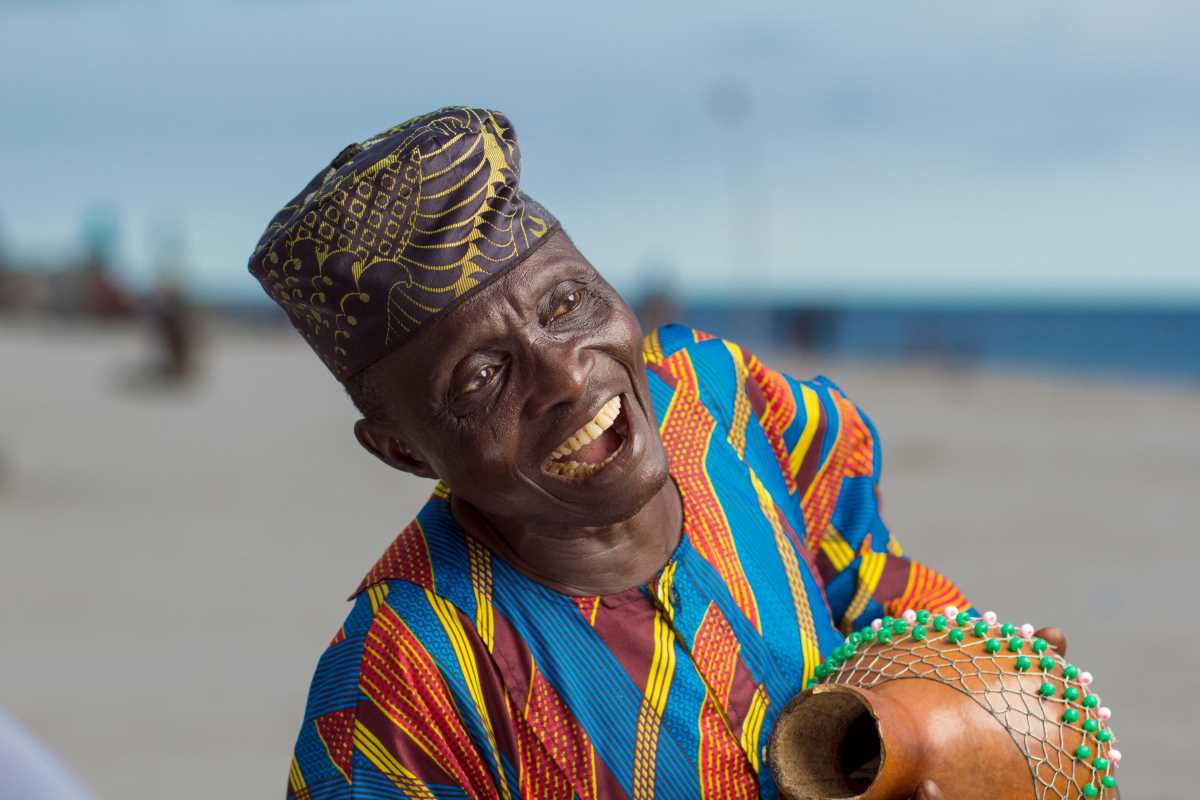Car chase scenes have always thrilled audiences, capturing imaginations with high-speed pursuits, daring maneuvers, and heart-pounding excitement. From their humble beginnings in silent films to the breathtaking CGI masterpieces of today, filmmakers have evolved car chases alongside the film industry, reflecting technological advancements and creative innovations. This evolution highlights the changing landscape of filmmaking and underscores the enduring appeal of these adrenaline-fueled sequences.
Silent Film Era: The Birth of Car Chases
Filmmakers traced the inception of car chases in cinema back to the silent film era, where they began experimenting with dynamic action sequences to captivate their audiences. Without synchronized sound, these early car chases relied heavily on visual storytelling, intricate stunt work, and innovative camera techniques to convey speed and excitement.
- The Great Train Robbery (1903) - Often credited as one of the first Westerns, this film included a memorable scene featuring a horse-drawn carriage pursuit.
- Fast and Furious (1908) - An early short film that showcased a simple yet effective car chase, highlighting the potential for high-speed action on screen.
- Greed (1924) - Directed by Erich von Stroheim, this film featured a dramatic car chase that underscored the escalating tensions within the narrative.
These silent-era chases set the groundwork for what would become a staple in action filmmaking. The absence of dialogue meant that physical actions and visual cues had to carry the story, pushing directors and stunt coordinators to focus on choreographed sequences that could visually communicate the thrill and danger inherent in a chase.
From Talkies to Technicolor: Evolution in Sound and Vision
The transition from silent films to talkies marked a significant turning point for car chase scenes. The introduction of synchronized sound added a new layer of excitement, allowing filmmakers to incorporate engine noises, screeching tires, and background music that amplified the tension and pace of the chase.
With the advent of color films, car chases became even more visually striking. Directors could now use vibrant colors and lighting to enhance the dynamic movements of vehicles, making each pursuit not just a test of speed but also a visually captivating experience. Films like The French Connection (1971) demonstrated how the combination of sound and color could elevate a car chase from a mere action sequence to a cinematic spectacle.
Revolution of CGI: A New Age of Car Chases
The advent of computer-generated imagery (CGI) transformed car chase scenes, enabling filmmakers to push the boundaries of what was previously possible. CGI allowed for more complex and visually stunning chases, incorporating elements like explosive stunts, intricate maneuvers, and fantastical scenarios that would be impossible to achieve with practical effects alone.
- The Matrix Reloaded (2003) - Featured the iconic freeway chase, blending live-action footage with CGI to create a seamless and exhilarating sequence.
- Mad Max: Fury Road (2015) - Utilized extensive CGI to orchestrate massive vehicular battles and high-octane pursuits across expansive desert landscapes.
- Baby Driver (2017) - Combined practical stunts with CGI enhancements to create fluid, music-synced car chases that were both visually and aurally engaging.
These cgi masterpieces showcase how digital technology has changed car chases from simple pursuits into complex, multi-layered spectacles that captivate audiences in new and exciting ways.
Influential Directors and Films
Throughout the decades, certain directors and films have significantly shaped how filmmakers craft and perceive car chase scenes. Visionaries like Steven Spielberg, James Bond series directors, and Paul Greengrass have introduced innovative techniques and storytelling methods that have set new standards for action sequences.
The collaboration between automotive prowess and cinematic creativity is beautifully explored in Cars and Cinema, highlighting how these influential figures have continually pushed the envelope to deliver unforgettable chases that resonate with audiences worldwide.
Stunt Coordination and Choreography
Behind every thrilling car chase stands a dedicated team of stunt coordinators and choreographers who meticulously plan and execute each move. These professionals work to ensure that every turn, acceleration, and collision is both safe and visually compelling. Their expertise in vehicle dynamics, along with creative problem-solving skills, allows them to orchestrate complex sequences that appear effortless on screen.
Stunt teams often work closely with directors and special effects artists to integrate practical stunts with digital enhancements seamlessly. This collaboration is essential in creating realistic and engaging chase scenes that maintain the suspension of disbelief, allowing viewers to immerse themselves fully in the action without being distracted by the mechanics behind the scenes.
The enduring appeal of car chase scenes lies in their ability to combine speed, planning, and spectacle, offering audiences a unique blend of excitement and storytelling. As technology continues to advance, the future of car chases in cinema promises even more innovative and breathtaking sequences that will keep viewers on the edge of their seats. Whether through practical stunts or cutting-edge CGI, car chase scenes remain a vital and exhilarating component of the cinematic experience.
 (Image via
(Image via




.jpg)
